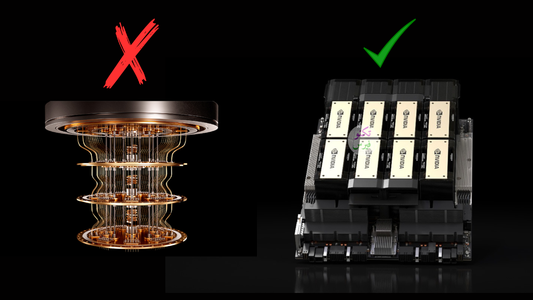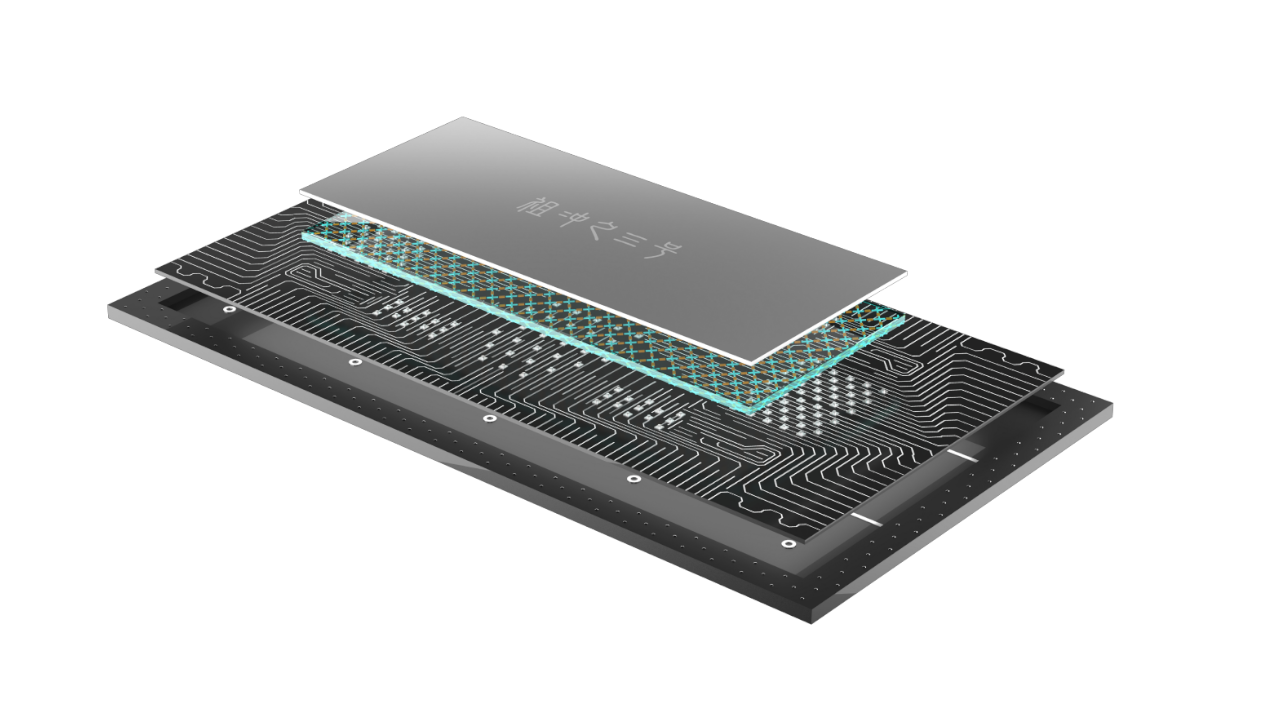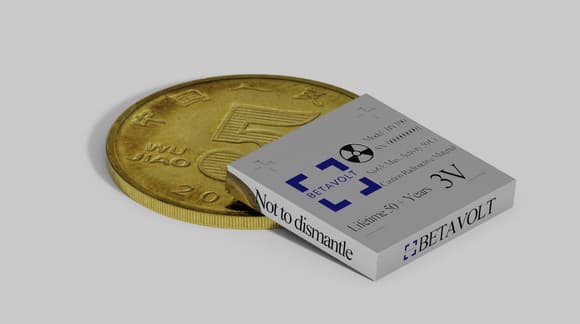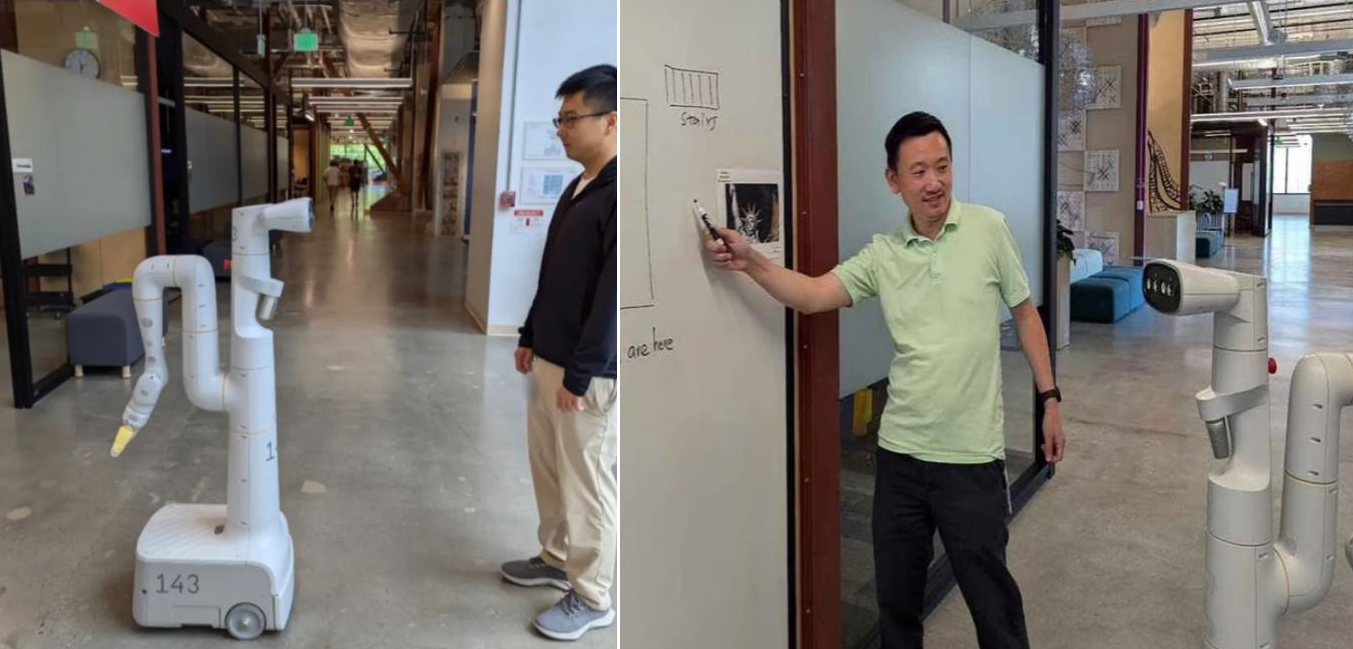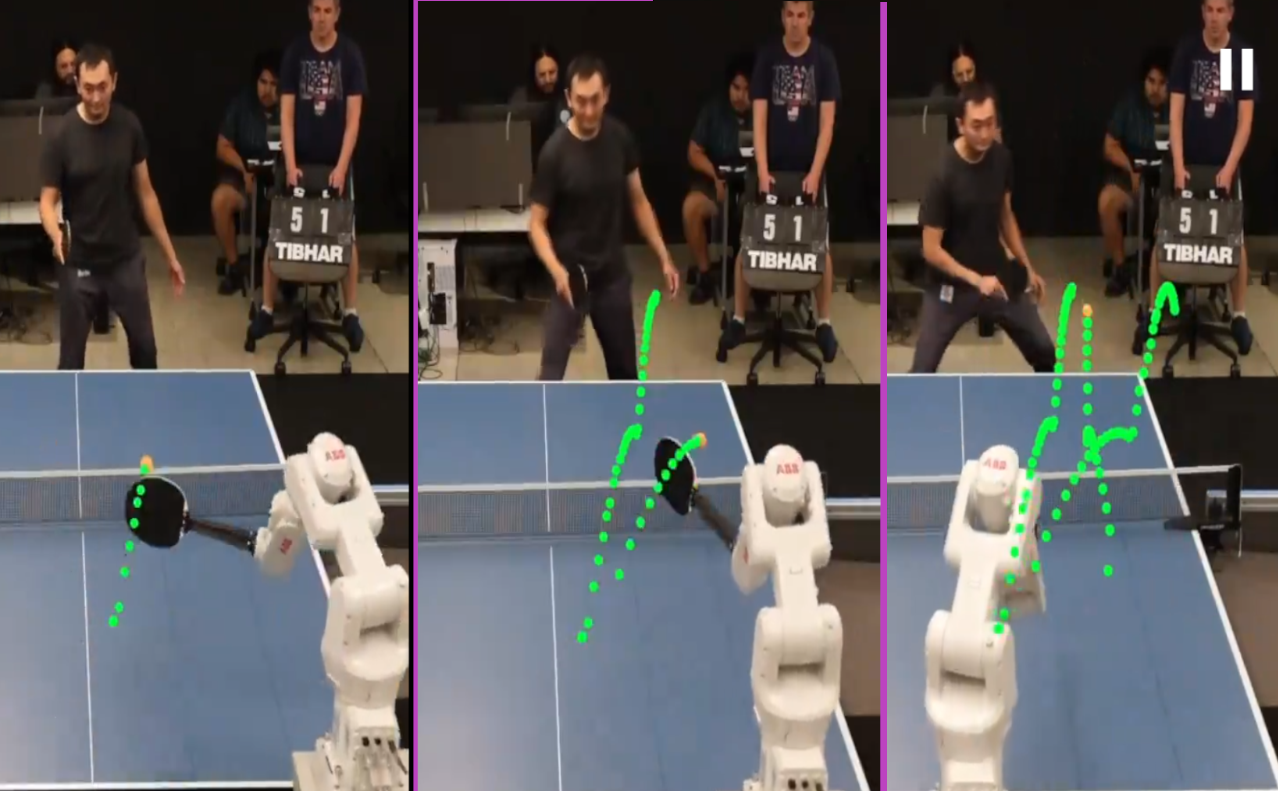Quantum computers are characterized by their ability to perform certain tasks at extremely high speeds, in some cases exceeding the speed of traditional computers by millions of times. This is known as quantum supremacy. In October 2019, Google announced that it had achieved this supremacy using its “Sycamore” quantum computer, which was able to perform a random sampling operation from quantum circuits, producing approximately 3 million samples in about 600 seconds. Google estimated that the most powerful traditional supercomputers would take about 10,000 years to accomplish the same task with the same accuracy.
A team of Chinese researchers, led by scientists from the University of Science and Technology of China, conducted a study to simulate the random sampling process from the quantum circuits used by Google, employing 1432 NVIDIA A100 graphics processing units (GPUs). The researchers relied on optimized algorithms to challenge the claim that Google’s achievement constituted quantum supremacy, demonstrating that traditional computers can perform the same task with high efficiency and in less time under certain conditions.
The researchers used Tensor Networks to represent the quantum circuits. These networks are composed of multi-dimensional arrays (tensors) on which computational operations can be performed to simulate the behavior of quantum circuits. They also employed Slicing Techniques to divide the tensor network into smaller sub-networks that could be processed independently, enabling the distribution of computations across the GPUs. Finally, they used the “Top-k” method to select a portion of the resulting samples with the highest probability to match the outputs of real quantum circuits. The researchers achieved an acceptable degree of reliability, as the simulation results became closer to the distribution of real results, indicating an improvement in simulation accuracy compared to previous studies.
After running the simulation for the entire “Sycamore” computer, which consists of 53 qubits and 20 layers of quantum gates, they obtained 3 million samples in just 86.4 seconds, consuming 13.7 kilowatt-hours of energy. In contrast, “Sycamore” took 600 seconds to obtain 3 million samples (200 seconds per million samples), consuming 4.3 kilowatt-hours for cooling.
These results show that the traditional simulation was nearly 7 times faster in terms of execution time, despite consuming more energy due to the use of a large number of GPUs.
This research highlights that traditional computers can utilize advanced algorithms to accomplish what quantum computers do in specific tasks, posing a new challenge to quantum computing. The issue of random sampling is no longer a definitive criterion for quantum supremacy. However, this does not mean that traditional computers can simulate quantum computers in all other tasks. To prove the true potential of quantum computers, developers need to dedicate greater efforts to using them in solving complex problems with practical applications, just as D-Wave has begun to do by solving its first problem with a practical application using its quantum computer.
